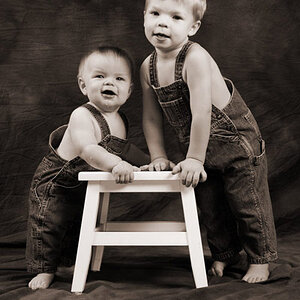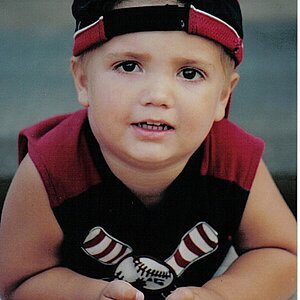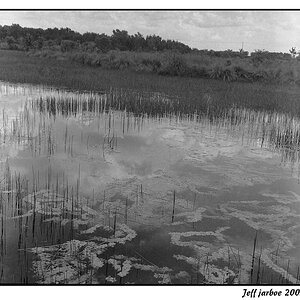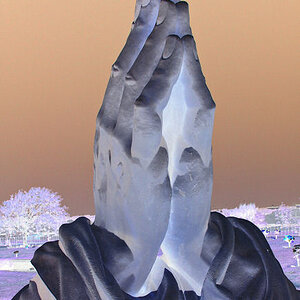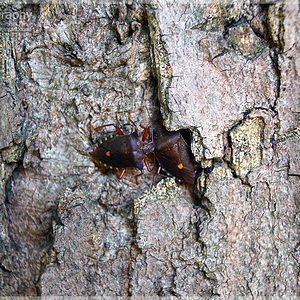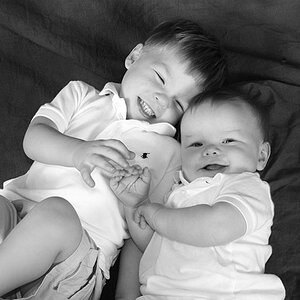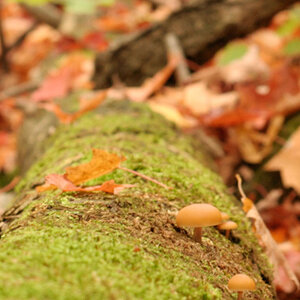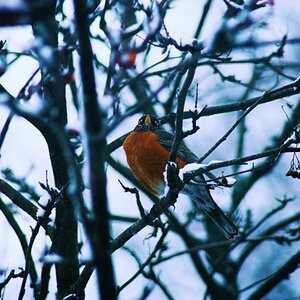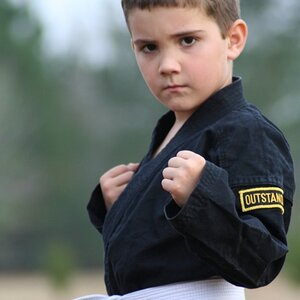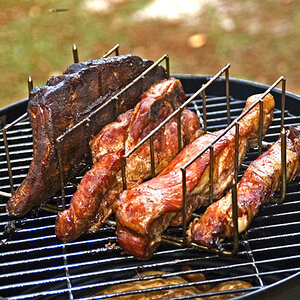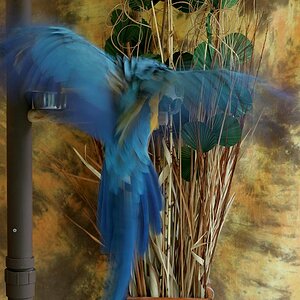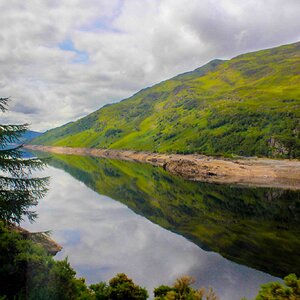adamhiram
No longer a newbie, moving up!
- Joined
- Feb 6, 2015
- Messages
- 857
- Reaction score
- 575
- Can others edit my Photos
- Photos OK to edit
I picked up my new Z6II body this week, along with 24-70mm f/2.8 and 85mm f/1.8 Z-mount lenses. I actually purchased the first generation Z6 right before Nikon announced the Z6II, so I had a few weeks to get my feet wet before returning it to get the newer body. For some background, check out some of my prior posts, Upgrade path to full frame - DSLR vs. mirrorless, and Z6 - First Impressions.
Observations:
Observations:
- The ergonomics are exactly the same as the Z6, however they changed the dimensions just enough that L-brackets from the first generation Z6 won’t fit right, and it will be at least a few weeks until something is available.
- The FTZ adapter is the same, but I recently learned the part underneath that protrudes actually houses a motor used to adjust the aperture on F-mount lenses. It's still weird that it protrudes below the bottom of the camera body, but at least I understand why now.
- The native Z-mount lenses are amazing, with lightning fast focus that is almost completely silent. The 24-70mm f/2.8 lens is a bit heavy for such a small mirrorless body, but significantly smaller and lighter than the F-mount versions, and still pretty manageable. The 85mm f/1.8 is nice and light, and feels pretty balanced on the body.
- As far as lens selections go, my original plan was to go with all primes, however I opted for the expensive 24-70 f/2.8 for 2 main reasons - you can’t buy Z-mount f/1.8 primes for $200-400 like you could with F-mount, and various tests have shown that the 24-70 f/2.8 is as sharp or sharper than many of the primes at the same apertures. Unless I need a wider aperture or want a lighter weight kit, I don’t know if it is worth the added cost for those primes. I'm also curious how the bokeh from the zoom compares with the primes, as that could make a difference as well.
- I didn’t really have a lot of issues with battery life with the first gen Z6, and the Z6II comes with an EN-EL15c battery, which actually has a larger capacity (1900 vs. 2280 mAh)
- Switching between focus and AF area modes is just as tedious as before, but I’m getting used to it. They are set independently, so for example if I want to switch between AF-S single-point and AF-C auto area, I have to change 2 settings every time. Unlike Nikon's DSLRs, it does not remember that I want different AF area modes depending on whether I am in AF-S or AF-C.
- EyeAF works at least as well as on the Z6, which I found to be quite usable. I haven’t used it enough to get a good feel for whether it is noticeably better, but I really wasn’t missing a lot of shots before. I read somewhere that it does a little better with sunglasses, so I’ll have to give that a try.
- I’m not sure if they fixed the issue where it would you could not force DX lenses to be used in full frame, as I traded in most of my F-mount gear towards the new body. On the plus side, the Z6II only cost me about $350 out of pocket, so no complaints there!


 20201207-DSC_0586a
20201207-DSC_0586a 20201207-DSC_0641a
20201207-DSC_0641a